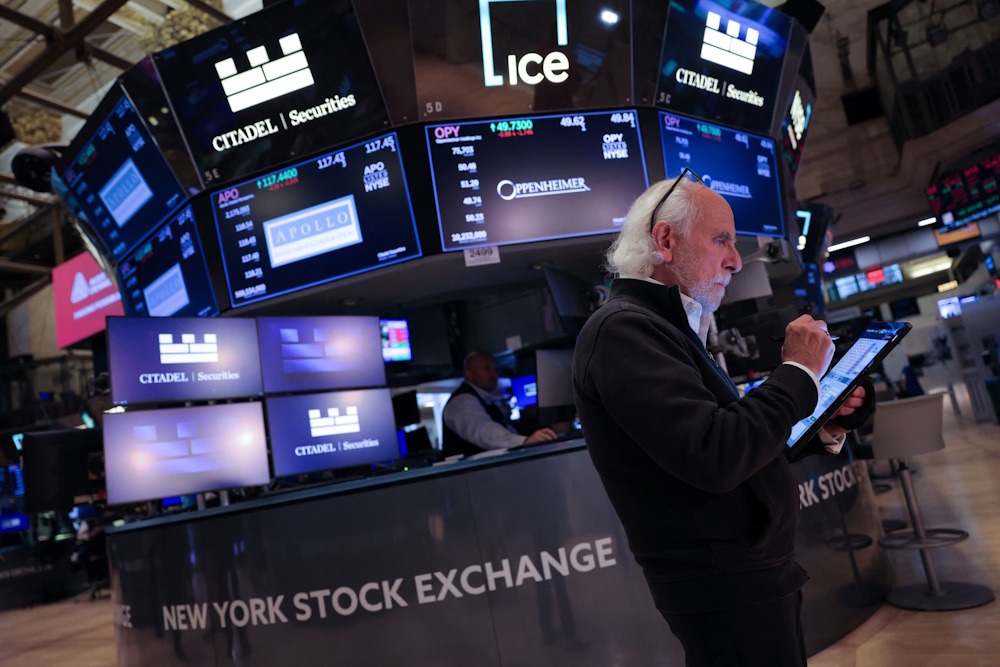
The tech-heavy Nasdaq increased by 1.1%, equivalent to 255.02 points, concluding at 23,043.38 points. The S&P 500 experienced an increase of 0.6%, translating to a rise of 39.13 points, culminating in a closing value of 6,753.72 points, thereby achieving a new all-time high in closing figures. Stocks in the technology, industrials, and utilities sectors experienced the most significant gains. The Technology Select Sector SPDR gained 1.8%, while the Industrials Select Sector SPDR rose 0.9%. The Utilities Select Sector SPDR increased by 0.7%. Six of the 11 sectors of the benchmark index concluded the trading session in positive territory.
The CBOE Volatility Index, often referred to as the fear gauge, experienced a decline of 5.45%, settling at 16.30. On the NYSE, the number of advancers surpassed that of decliners, exhibiting a ratio of 1.74-to-1. On the Nasdaq, advancing issues outnumbered declining ones by a ratio of 1.81 to 1. On Wednesday, the trading volume reached 20.70 billion shares, surpassing the 20-session average of 19.63 billion shares. On the Nasdaq, the market recorded 3,007 new highs alongside 1,659 new lows. On the New York Stock Exchange, there were 469 instances of new highs and 70 instances of new lows.
Tech stocks rebounded on Wednesday, driven by a resurgence in artificial intelligence stocks after experiencing a downturn in the prior session. This decline was largely influenced by a drop in the shares of Oracle Corporation, following a report indicating that the company is generating significantly lower margins on its cloud business than analysts had anticipated. This has sparked concerns that markets may be ensnared in an AI bubble, prompting inquiries regarding the true potential of AI. Investors evaluated the minutes from the Federal Open Market Committee meeting amid the U.S. government shutdown, which reached its eighth day on Wednesday.
In the absence of definitive indicators pointing to a resolution, investors are expected to continue lacking access to crucial economic data for the foreseeable future. The Federal Reserve reduced interest rates by 25 basis points during its September meeting and indicated the possibility of two additional rate cuts later this year. The minutes highlighted a division among officials regarding the extent of future interest rate cuts, reflecting concerns about a contracting labor market while simultaneously grappling with inflationary pressures. Market expectations indicate a 94.6% probability of a 25 basis point rate reduction by the Federal Reserve during its policy meeting in October.
